Antitussives are drugs that suppress the cough reflex. Persistent coughing can be exhausting and can cause muscle strain and further irritation of the respiratory tract. Many disorders of the respiratory tract are accompanied by an uncomfortable, unproductive cough. Coughing is a naturally protective way to clear the airway of secretions or any collected material, and antitussives prevent these actions.
Learn about the uses and nursing care plan considerations needed for patients taking antitussives in this nursing pharmacology study guide.
Common Antitussives and Its Generic Names
Here is a table of commonly encountered antitussives, their generic names, and brand names:
- Antitussives:
- benzonatate (Tessalon)
- codeine
- dextromethorphan (Benylin)
- hydrocodone (Hycodan)
Disease Spotlight: The Common Colds
The viruses that cause the common cold invade the tissues of the upper respiratory tract, initiating the release of histamine and prostaglandins, causing an inflammatory response.
- As a result of the inflammatory response, the mucous membranes become engorged with blood, the tissues swell, and the goblet cells increase the mucus production.
- These effects cause the person with a common cold to complain of sinus pain, nasal congestion, runny nose, sneezing, watery eyes, scratchy throat, and headache.
- The swelling can block the outlet of the eustachian tube, which drains the inner ear and equalizes pressure across the tympanic membrane.
- If this outlet becomes blocked, feelings of ear stuffiness and pain can occur.
What are antitussives?
Antitussives act on the cough-control center in the medulla to suppress the cough reflex; if the cough is nonproductive and irritating, an antitussive may be taken.
Therapeutic actions of antitussives
The desired actions of antitussives are as follows:
- Acts directly on the medullary cough center of the brain to depress the cough reflex.
- Because they are centrally acting, they are not the drugs of choice for anyone who has a head injury or could be impaired by central nervous system depression.
Indication of antitussives
Antitussives are indicated for the following:
- Local anesthetic on the respiratory passages, lungs, and pleurae, blocking the effectiveness of the stretch receptors that stimulate a cough reflex.
- For relief of moderate to moderately severe pain.
- For the treatment of dry cough, drug withdrawal syndrome, opioid type drug dependence, and pain.
Pharmacokinetics
Codeine, hydrocodone, and dextromethorphan are rapidly absorbed, metabolized in the liver, and excreted in urine; they cross the placenta and enter breast milk.
| Route | Onset | Peak | Duration |
|---|---|---|---|
| Oral | 25-30 minutes | 2 hours | 3-6 hours |
| Half-life (T1/2) | Metabolism | Excretion |
|---|---|---|
| 3-30 h | liver | urine |
Contraindications and Cautions
The following are contraindications and cautions for the use of antitussives:
- Patent airways. Patients who need to cough to maintain the airways (e.g., postoperative patients and those who have undergone abdominal or thoracic surgery) to avoid respiratory distress.
- Asthma and emphysema. Patients with asthma and emphysema are contraindicated because cough suppression could lead to accumulation of secretions and a loss of respiratory reserve.
- Addiction. Patients who are hypersensitive to or have a history of addiction to narcotics; codeine is a narcotic and has addiction potential
- Sedation. Patients who need to drive or be alert should use codeine, hydrocodone, and dextromethorphan with extreme caution because these drugs can cause sedation and drowsiness.
- Pregnancy. Patients who are pregnant and lactating, because of the potential for adverse effects on the fetus or baby, including sedation and CNS depression.
Adverse Effects
Adverse effects from the use of antitussives include:
- CNS: Drowsiness and sedation.
- GI: Nausea, constipation, dry mouth, GI upset.
Interactions
Interactions involved in the use of antitussives are:
- Monoamine oxidase inhibitors (MAOI). Dextromethorphan should not be used with MAOIs because hypotension, fever, nausea, myoclonic jerks, and coma could occur.
Nursing Considerations for Antitussives
The nursing considerations in administering antitussives include:
Nursing Assessment
Assessment and history taking in a patient using antitussives include the following:
- Assess for possible contraindications and cautions (e.g., history of allergy to the drug, cough for more than 1 week, and pregnancy and lactation).
- Perform a physical examination to establish baseline data.
- Monitor the temperature to evaluate for possible underlying infection.
- Assess respirations and adventitious sounds.
- Evaluate orientation and affect.
Nursing Diagnosis and Care Planning
The following nursing diagnoses related to antitussive drug therapy may be included in your nursing care plans:
- Ineffective airway clearance related to excessive drug effects.
- Disturbed sensory perceptions related to CNS effects.
- Deficient knowledge regarding drug therapy.
Nursing Interventions with Rationale
The nursing interventions essential for patients using antitussive medications are:
- Prevent overdosage. Ensure that the drug is not taken any longer than recommended to prevent serious adverse effects and severity respiratory tract problems.
- Assess underlying problems. Arrange for further medical evaluation for coughs that persist or are accompanied by high fever, rash, or excessive secretions; To detect the underlying cause of coughing, and to arrange for appropriate treatment of the underlying problem.
- Provide other relief measures from cough. These nursing interventions may include humidifying the room, providing fluids, use of lozenges, and cooling room temperature.
- Educate the patient. Provide thorough patient teaching, including the drug name and prescribed dosage, measures to help avoid adverse effects, warning signs that may indicate problems, and the need for periodic monitoring and evaluation, to enhance patient knowledge about drug therapy and promote compliance.
- Provide emotional support. Offer support and encouragement to help the patient cope with the disease and the drug regimen.
Evaluation
Evaluation of a patient using antitussives include the following:
- Monitor patient response to the drug (control of non-productive cough).
- Monitor for adverse effects (respiratory depression, dizziness, sedation).
- Evaluate the effectiveness of the teaching plan.
- Monitor the effectiveness of other measures to relieve cough.
Recommended Resources
Our recommended nursing pharmacology resources and books:
Disclosure: Included below are affiliate links from Amazon at no additional cost from you. We may earn a small commission from your purchase which will help support us. Thank you! For more information, check out our privacy policy.
Pharm Phlash! Pharmacology Flash Cards #1 BEST SELLER!
Test-yourself review cards put critical clinical information for nearly 400 of the top generic medications at your fingertips. And, you can count on them for accuracy, because each card is based on content from Davis’s Drug Guide for Nurses. Increase your test scores in pharmacology class.
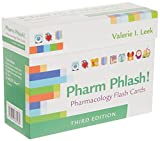
Focus on Pharmacology (8th Edition)
Focus on Nursing Pharmacology makes challenging concepts more approachable. Engaging learning features cultivate your clinical application, critical thinking and patient education capabilities. This updated 8th edition builds on your knowledge of physiology, chemistry and nursing fundamentals to help you conceptualize need-to-know information about each group of drugs.
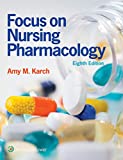
Pharmacology Made Incredibly Easy (Incredibly Easy! Series®)
Nursing pharmacology guide offers step-by-step guidance so you can grasp the fundamentals in enjoyable Incredibly Easy style. This is the perfect supplement to class materials, offering solid preparation for NCLEX® as well as a handy refresher for experienced nurses. Colorfully illustrated chapters offer clear, concise descriptions of crucial nursing pharmacology concepts and procedures.
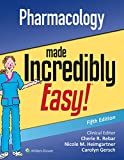
Lehne’s Pharmacology for Nursing Care (11th Edition)
The Eleventh Edition of Lehne’s Pharmacology for Nursing Care provides a thorough understanding of key drugs and their implications for nursing care. This text, written by renowned nursing educators, helps you comprehend and apply pharmacology principles. A clear and engaging writing style simplifies complex concepts, making even the most challenging pharmacology content enjoyable. We recommend this book if you want a comprehensive nursing pharmacology guide.
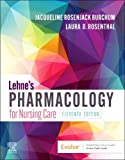
Nursing Drug Handbook
Nursing2023 Drug Handbook delivers evidence-based, nursing-focused drug monographs for nearly 3700 generic, brand-name, and combination drugs. With a tabbed, alphabetical organization and a “New Drugs” section, NDH2023 makes it easy to check drug facts on the spot.
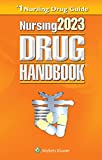
Pharmacology and the Nursing Process
The 10th edition of Pharmacology and the Nursing Process offers practical, user-friendly pharmacology information. The photo atlas contains over 100 unique illustrations and photographs depicting drug administration techniques. Updated drug content reflects the most recent FDA drug approvals, withdrawals, and therapeutic uses.
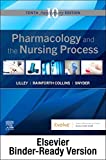
Mosby’s Pharmacology Memory NoteCards: Visual, Mnemonic, and Memory Aids for Nurses
The 6th edition of Mosby’s Pharmacology Memory NoteCards: Visual, Mnemonic, & Memory Aids for Nurses incorporates illustrations and humor to make studying easier and more enjoyable. This unique pharmacology review can be utilized as a spiral-bound notebook or as individual flashcards, making it ideal for mobile study.
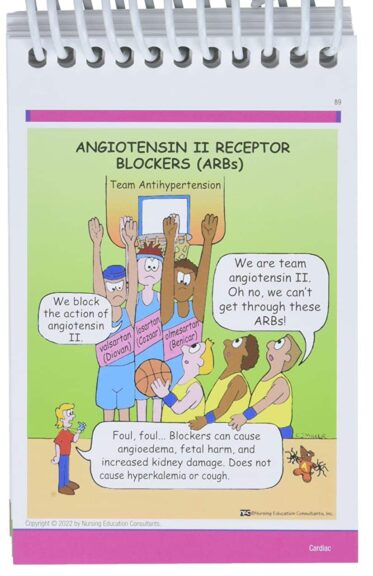
See Also
Here are other nursing pharmacology study guides:
- Nursing Pharmacology – Study Guide for Nurses
Our collection of topics related to nursing pharmacology - Pharmacology Nursing Mnemonics & Tips
These nursing mnemonics aim to simplify the concepts of pharmacology through the use of a simple, concise guide. - Generic Drug Name Stems Cheat Sheet
Learn about these generic drug name stems to help you make sense of drugs easier! - Common Drugs and Their Antidotes
A guide to drug antidotes that nurses should be familiar about. - IV Fluids and Solutions Guide & Cheat Sheet
Get to know the different types of intravenous solutions or IV fluids in this guide and cheat sheet. - Drug Dosage Calculations NCLEX Practice Questions (100+ Items)
Care to take the challenge? This quiz aims to help students and registered nurses alike grasp and master the concepts of medication calculation.
We have a pill for that…
Drug Guides NEW!
Individual drug guides and nursing considerations for the most common medications used in nursing pharmacology:
- Acetaminophen (Tylenol)
- Aspirin
- Atorvastatin (Lipitor)
- Enoxaparin (Lovenox)
- Furosemide (Lasix)
- Gabapentin
- Hydromorphone (Dilaudid)
- Lisinopril
- Metoprolol
- Morphine
Gastrointestinal System Drugs
Respiratory System Drugs
- Antihistamines
- Bronchodilators and Antiasthmatics
- Decongestants
- Expectorants and Mucolytics
- Inhaled Steroids
- Lung Surfactants
Endocrine System Drugs
- Adrenocortical Agents
- Antidiabetic Agents
- Glucose-Elevating Agents
- Hypothalamic Agents
- Insulin
- Parathyroid Agents: Bisphosphonates, Calcitonins
- Pituitary Drugs
- Sulfonylureas
- Thyroid Agents
Autonomic Nervous System Drugs
- Adrenergic Agonists (Sympathomimetics)
- Adrenergic Antagonists (Sympatholytics)
- Anticholinergics (Parasympatholytics)
- Cholinergic Agonists (Parasympathomimetics)
Immune System Drugs
Chemotherapeutic Agents
- Anthelmintics
- Anti-Infective Drugs
- Antibiotics
- Antifungals
- Antineoplastic Agents
- Antiprotozoal Drugs
- Antiviral Drugs
Reproductive System Drugs
Nervous System Drugs
- Antidepressants
- Antiparkinsonism Drugs
- Antiseizure Drugs
- Anxiolytics and Hypnotic Drugs
- General and Local Anesthetics
- Muscle Relaxants
- Narcotics, Narcotic Agonists, and Antimigraine Agents
- Neuromuscular Junction Blocking Agents
- Psychotherapeutic Drugs
Cardiovascular System Drugs
Sources and References
The following are the recommended supplemental reading for this antitussive nursing pharmacology study guide:
- Irwin, R. S., Curley, F. J., & Bennett, F. M. (1993). Appropriate use of antitussives and protussives. Drugs, 46(1), 80-91. [Link]
- Lilley, L. L., Shelly Rainforth Collins, P., & Snyder, J. S. (2019). Pharmacology and the nursing process. Mosby. [Link]
- SEVELIUS, H., & COLMORE, J. P. (1966). Objective assessment of antitussive agents in patients with chronic cough. The Journal of new drugs, 6(4), 216-223. [Link]



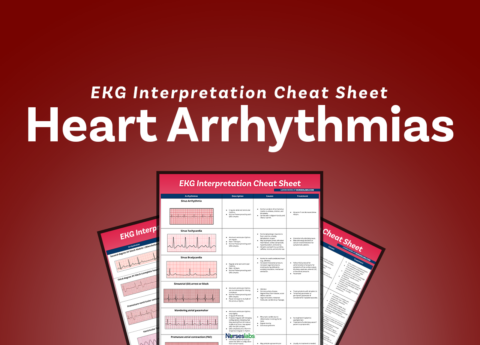






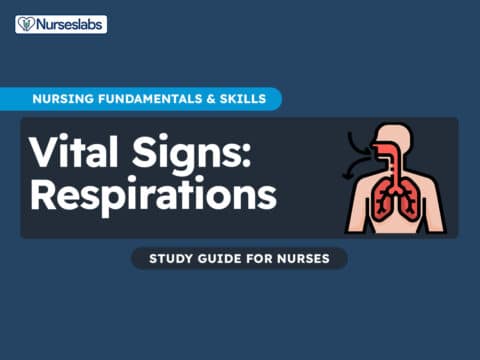
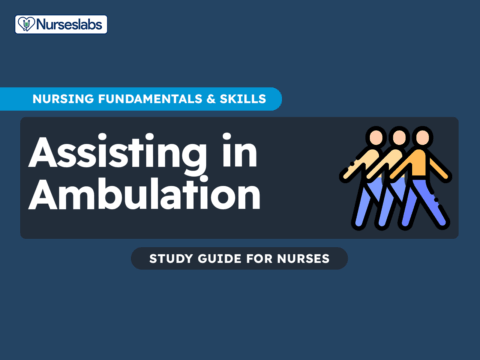
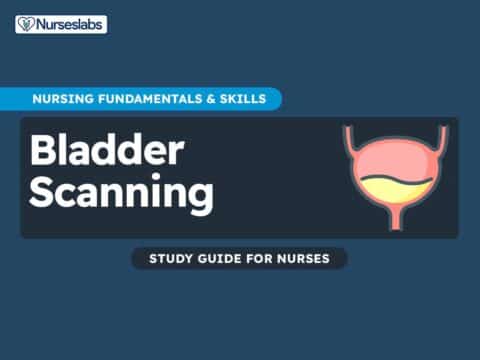
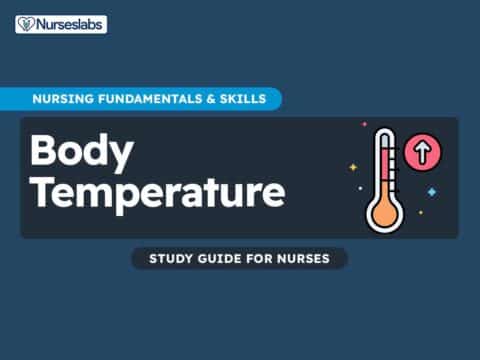


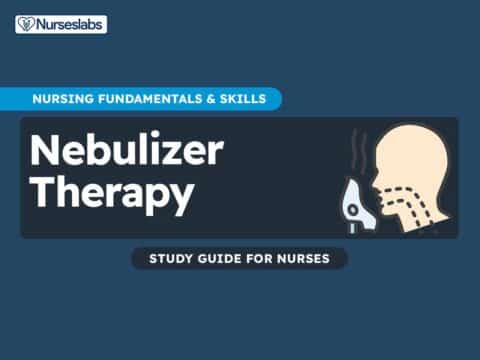






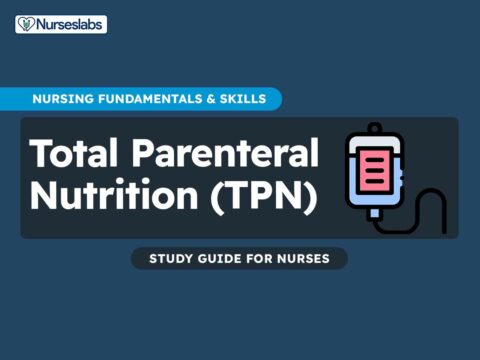
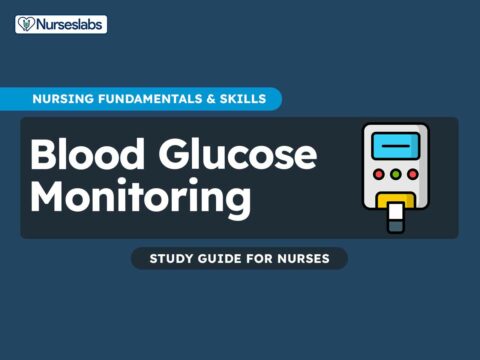
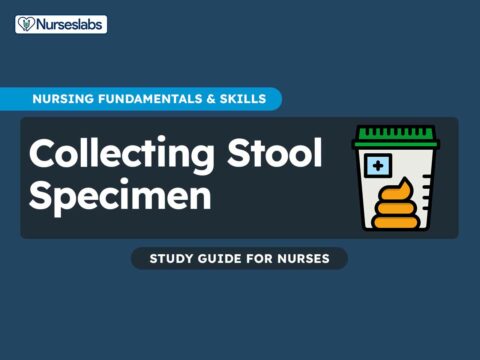

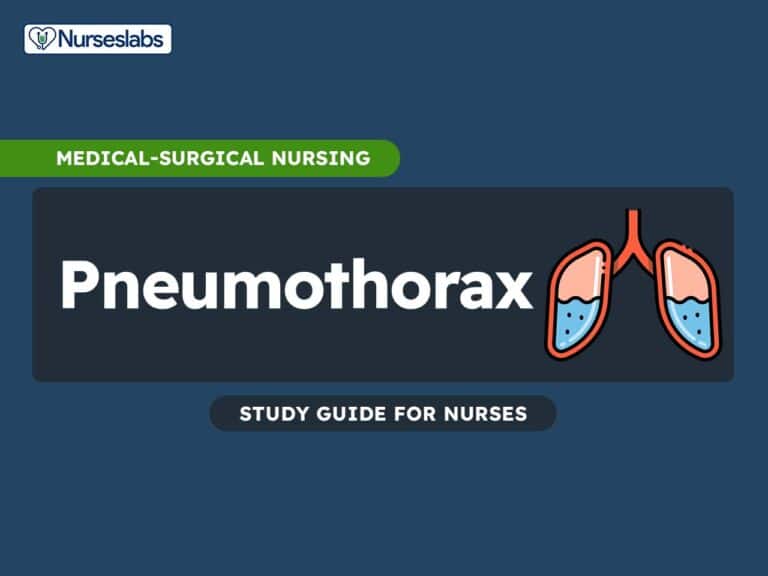


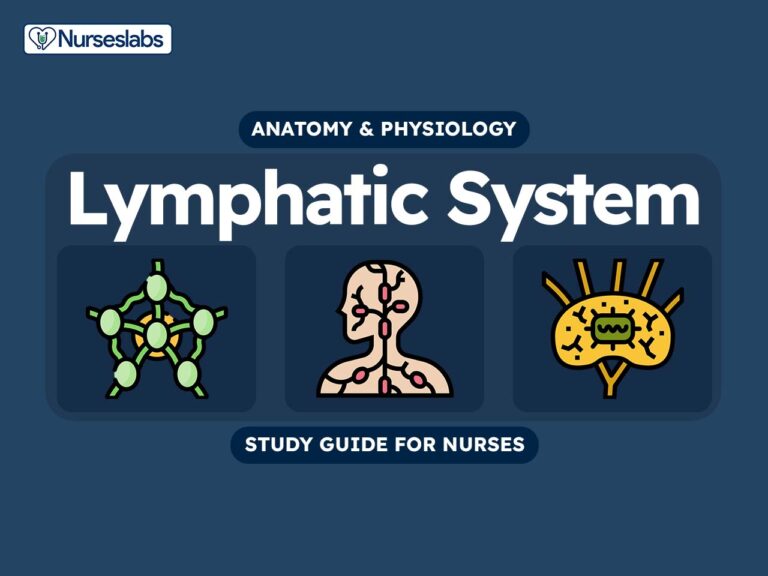


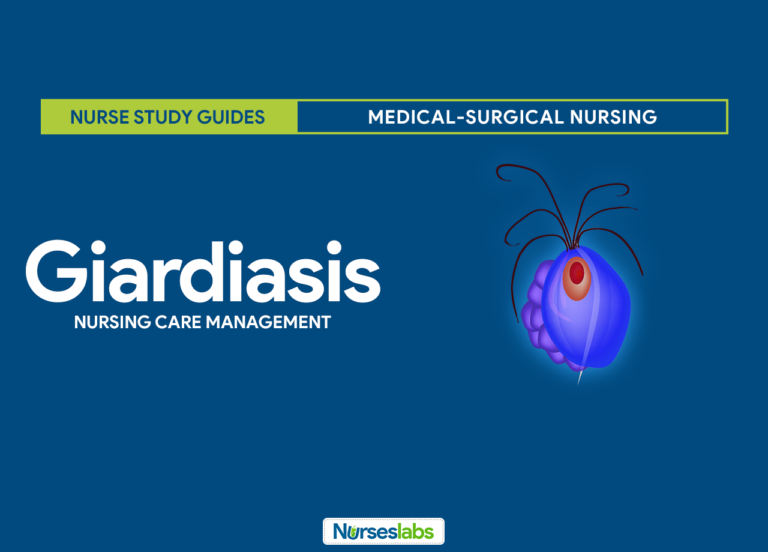



Leave a Comment